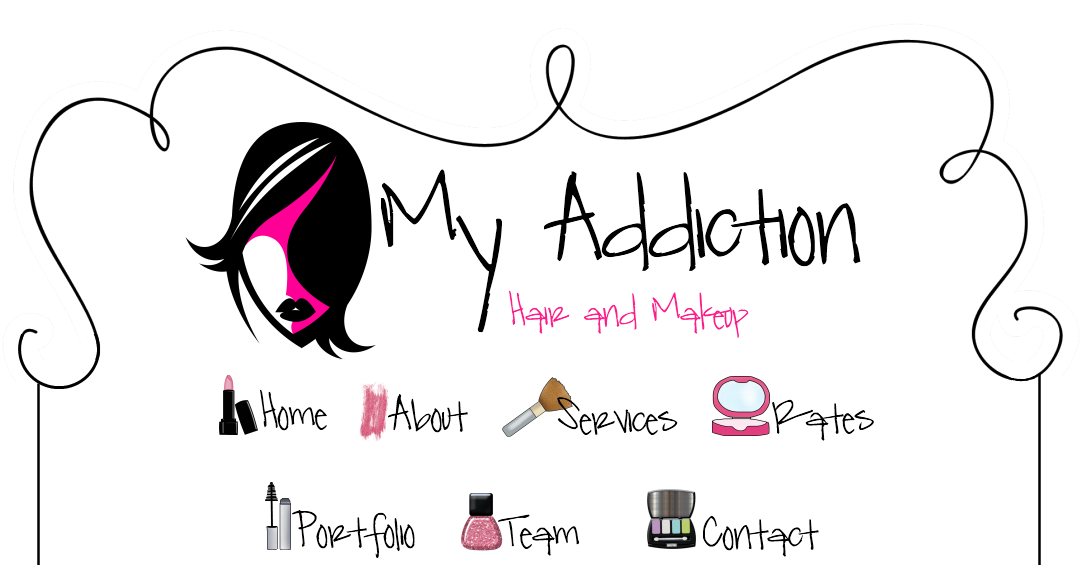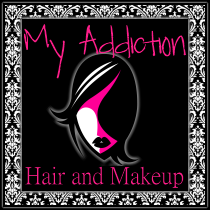CHEMICAL PEEL SPECIAL $65.00
(ORGINALLY $85.00)
CHEMICAL PEEL & MICRODERMABRASION FACIAL $99.00
(ORGINALLY $160)
I think chemical peels are great and not just because they are part of my repertoire as an esthetician. I like to think of chemical peels as a “reboot” for your skin allowing healthy skin appear. A series of chemical peels can help treat a myriad of skin issues. There really is no reason not to try one.
This post addresses the issue of chemical peels performed by estheticians. There are plenty of “peels” that are available for home use. Peels that you use at home provide very superficial peeling, simply exfoliation, and can help you maintain even toned, healthy skin. Chemical peels performed by estheticians have a lower pH than home use products so that they can penetrate much deeper into the skin, will normally cause you to turn red, a lot of time your skin will peel following a peel, and these peels, when performed in a series, can treatment skin conditions such as hyperpigmentation and acne. Simply put – a chemical peel performed by an esthetician will do a lot more for your skin than a home use product called a peel.
What Are Chemical Peels?
There are many different types of chemical peels, and each company that sells peels has its own series of formulations. Having said that the chemical peels used by estheticians are generally a solution that has a combination or sometimes just one alpha hydroxy acid (AHA) or beta hydroxy acid (BHA). The solution is applied to the skin, normally in layers though some peels are simply one layer, like a treatment mask. The peel is either removed at the end of the treatment or left on to self-neutralize. The acids in the peel work to dissolve the top layers of the skin creating a controlled wound and thus allowing the skin to regenerate itself.
Reasons to get a Chemical Peel
A chemical peel will:
- Improve the texture of your skin
- Increase the cell turnover rate of your skin
- Improve your skin’s ability to hold moisture
- Help your skin produce more collagen
- Reduce fine lines
- Decrease hyperpigmentation
- Unclog pores and help clear up acne
- Leave your skin smooth
- Make your skin softer
- Make your skin look more even-toned
- Give you a “glow”
- Make your skin look dewy
- Improve minor scarring
A chemical peel cannot make dramatic improvements to deep wrinkles or very sagging skin. Conditions like that need to be treated with lasers or cosmetic surgery.
Who Can Get a Chemical Peel?
Truthfully pretty much anyone can get a peel as long as they don’t have any of the contraindictions listed below for peels. Generally people with darker skin need to take more precautions before getting a peel and must make sure that the peel they are receiving is formulated for their skin type. The reason for this is that very strong chemical peels can actually cause more hyperpigmentation on darker skin.
Contraindications: It is generally recommended that pregnant and nursing women not receive peels since there are no studies, as of yet, about the effects of peels on fetuses or nursing babies. You cannot get a peel if you have been off Accutane for less than 6 months. If you are prone to cold sores a peel can actually bring on an outbreak so you need to take anti-viral medication before, the day of, and the day after your treatment. Also if you have a tendency to scar, are taking antibiotics, have cancer or an autoimmune disease, or have an open sore you cannot get a chemical peel.
Everyone’s skin will be more sensitive to sunlight following a peel so make sure that you have plenty of sunscreen on hand after your peel, and be sure to vigilantly apply and reapply your sunscreen after a peel. Hopefully the esthetician who performed the peel will either include post-peel products in the price of the peel or have them available for purchase at a reasonable price.
Make sure that the esthetician who is performing the peel has asked you an extensive list of questions before going ahead with your peel. An esthetician must keep many factors in mind before performing a peel so that the client gets the best possible result with the fewest possible side effects. You will be asked questions about medical conditions, allergies, the products you are currently using, and the results you want to achieve. You may also want to go with a lighter peel the first time you get a chemical peel and build up the strength of your peels from there. All of these issues should be discussed with your esthetician before you receive your first peel.
How Are Peels Performed?
Before you get a peel you should exfoliate at home or have a professional microdermabrasion treatment so that your skin in properly prepped for the peel. Your skin will be cleansed and “degreased” before the peel is actually applied. This means that all surface oils and debris are removed so that the peel can penetrate properly.
How Does It Feel?
Generally you will feel a warmth over the area being peeled during the procedure. The esthetician performing the peel will either fan the area being peeled or provide you with a small electric fan to hold over the area. You may feel stinging, burning, and even itching while the peel in performed. Those sensations will stop once the peel is over. Your esthetician will check in with you throughout the peel so if you ever feel any great discomfort she or he will know to stop the peel immediately.
What to Expect After a Peel
As I already mentioned first and foremost your skin will be quite sensitive to the sun following a peel so be extra vigilant about sunscreen use following your peel. Because of this it usually isn’t a good idea to get peels in the summer or right before going on a vacation to a warm climate.
Following a peel your skin will feel tight and then a little dry. You may remain red for an hour or so following the peel. If you peel after the chemical peel treatment peeling will begin approximately 3 to 5 days following your peel. The extent of peeling varies according to the person and the depth of the peel. Not everyone peels following a chemical peel actually. Some people have some mild itching following their peels.
Keep In Mind
Because chemical peels are stimulating you actually need to modify your lifestyle behavior slightly following a peel so that you don’t cause any unneeded irritation or hyperpigmentation to your skin. So following a peel avoid excessive exercise with sweating for a few days. Don’t scrub or pick at your face. You cannot use retinol products or AHA products for at least 10 days following your peel. And avoid any sort of excessive heat source like a sauna or hot tub.
How Often Can You Get a Chemical Peel?
Generally it is best to get a peel every four to six weeks. But if you suffer from acne there are some peels that you can do every two weeks until you get the results you want. Generally it is a great idea to buy a series of four or five peels up front so that you can achieve the treatment results that you want. Also when you buy a series of peels upfront you will probably receive a discount. Consider buying a deal that allows you to get chemical peels interspersed with microdermabrasion treatments or facials. The microdermabrasions and the facials will enhance the results of the peel by helping to exfoliate the flaky skin you have on your face. These treatments will also help prep your skin for your next peel.
When Will You See Results?
Truthfully chemical peels can be a bit unpredictable. Some people see results as little as 10 days after their peels. Other people won’t see results until about three weeks following their peel. And for people who receive many facial treatments a chemical peel may just enhance the normal way their skin always looks.
Sources and Further Reading
- 13 Reasons You Should Get A Chemical Peel From An Esthetician
- Cosmetic Procedures: Chemical Peel Treatments - WebMD
- Chemical Peels - Paula Begoun
- After Glow – Allure
- The Art and Science of Chemical Peels - LNE and Spa - February 2011
Located inside
www.MyAddictionSkinCare.com
Tweet us!
 "Like" us..
"Like" us.. 





0 comments:
Post a Comment